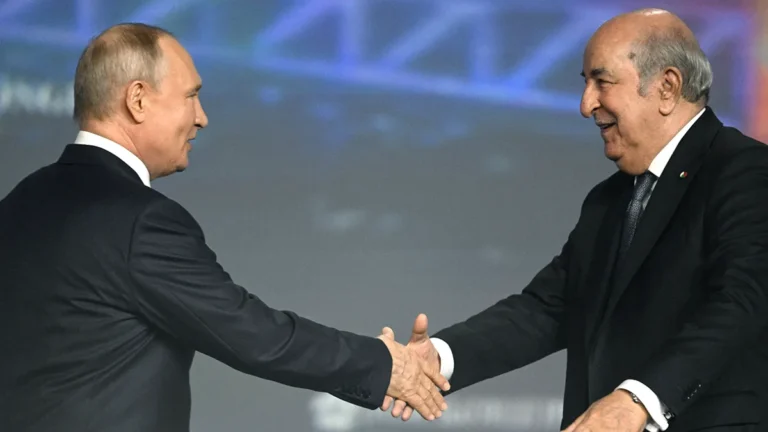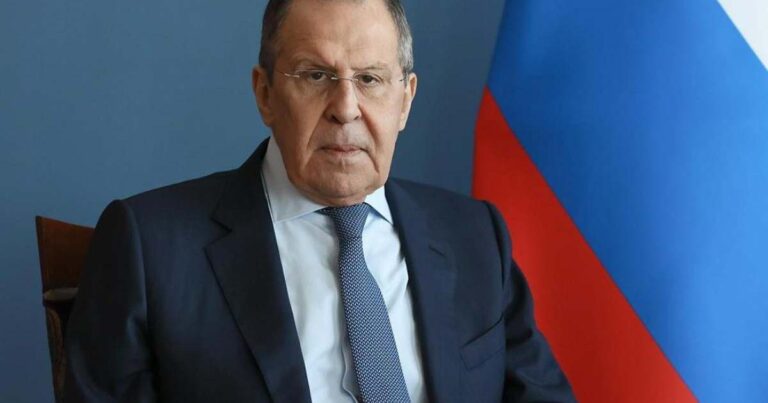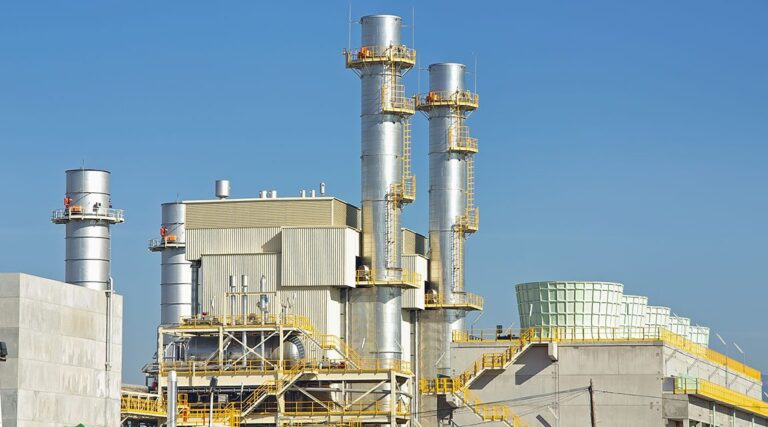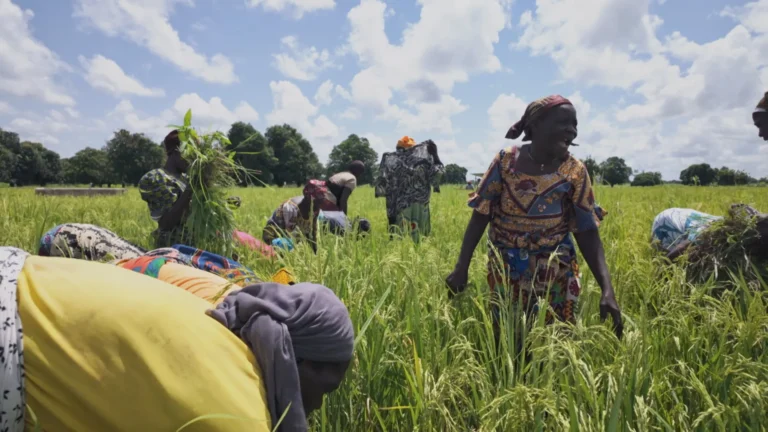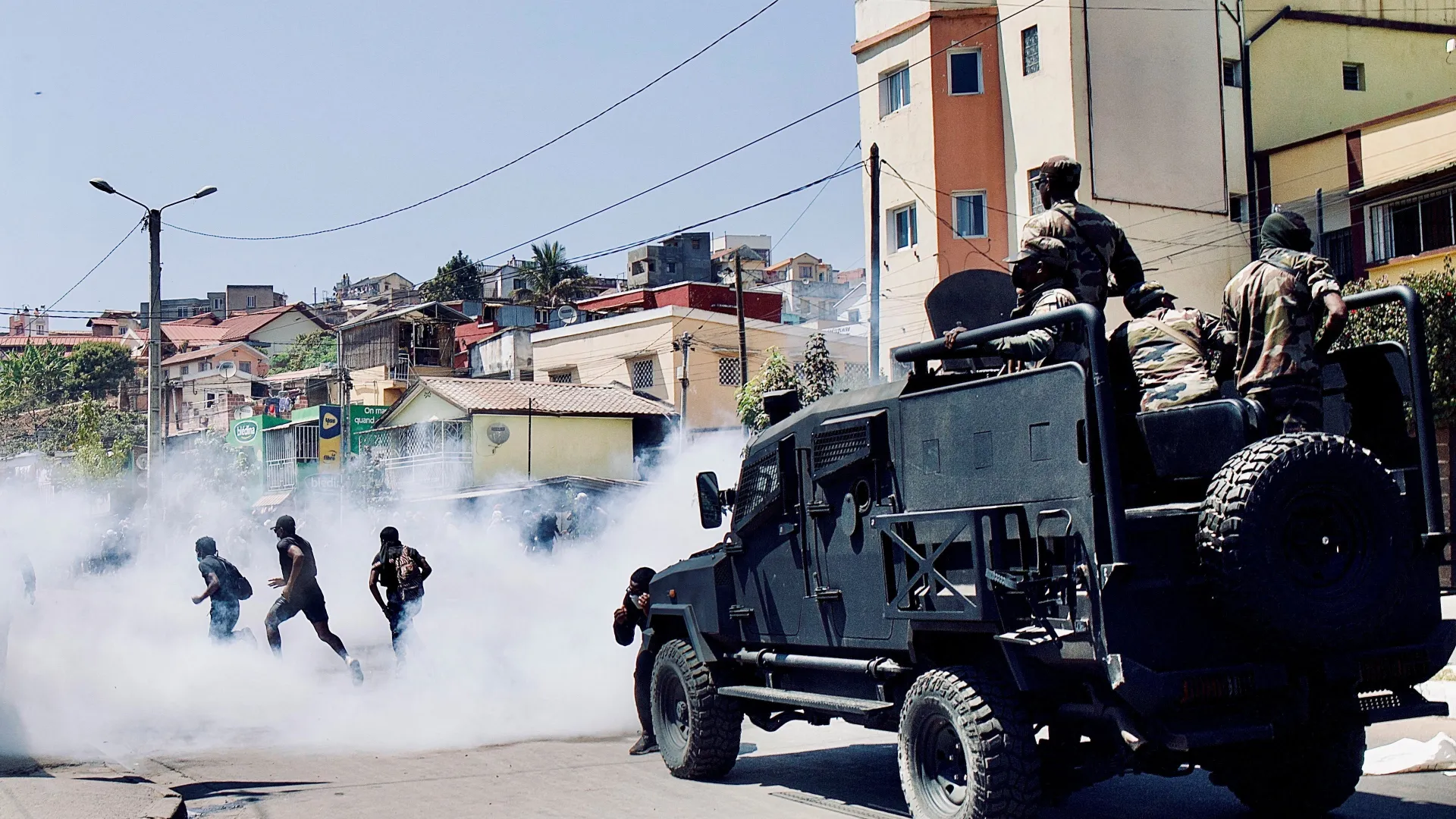
Tensions have reached a critical point in Antananarivo, where for the first time since the outbreak of mass demonstrations, protesters were able to march into the historic May 13 Square under military escort.
The movement, led largely by young activists under the banner “Gen Z Madagascar,” is demanding the resignation of President Andry Rajoelina amid escalating unrest, divisions within the army, and mounting casualties.
According to Reuters, the crowd’s entry into May 13 Square — long a symbol of political struggle in Madagascar — marks a major turning point in the crisis that has gripped the nation for weeks. Initially triggered by widespread frustration over water and electricity shortages, the demonstrations have evolved into a nationwide protest against alleged corruption and poor governance under President Rajoelina.
Prime Minister Ruphin Fortunat Zafisambo, who took office in early October, condemned the “excessive use of force” by both security forces and protesters. “We call for restraint and dialogue,” he said in a statement cited by Reuters.
Despite the appeal, tensions have intensified following the circulation of a video reportedly showing members of a military unit urging soldiers to “refuse orders to shoot protesters.” French broadcaster BFMTV reported that the footage revealed cracks within the military ranks, while Le Monde confirmed that certain factions of the armed forces have expressed sympathy for the demonstrators.
According to the United Nations, at least 22 people have been killed since the unrest began — a figure disputed by the government. Witnesses told RFI that security forces used tear gas around Lake Anosy as clashes continued in several parts of the capital.
President Rajoelina has called for national dialogue to ease the crisis, but protest leaders have rejected the overture, calling it a “delaying tactic” amid what they describe as ongoing repression.
Since the dissolution of former Prime Minister Christian Ntsay’s government on September 29 and the formation of a new, military-dominated administration, demonstrations have continued to spread across the country, despite the imposition of curfews intended to “restore order.”
With parts of the army showing signs of dissent and the public’s anger deepening, observers fear Madagascar could be heading into another prolonged period of political instability, compounding the island’s already fragile economic and social conditions.
